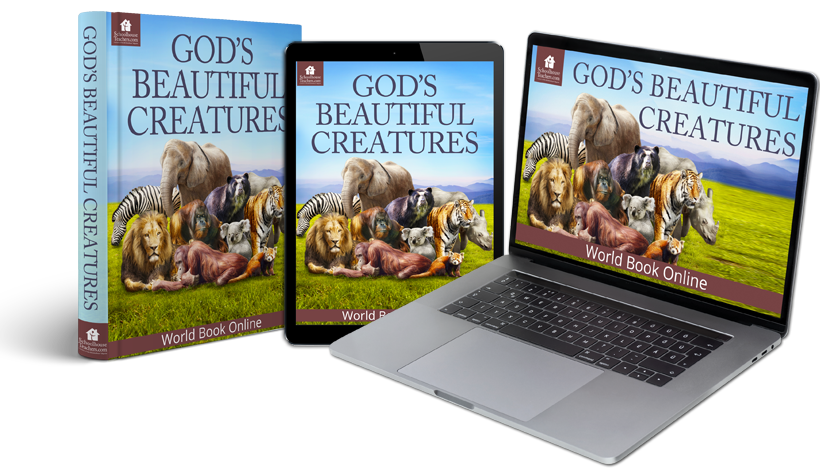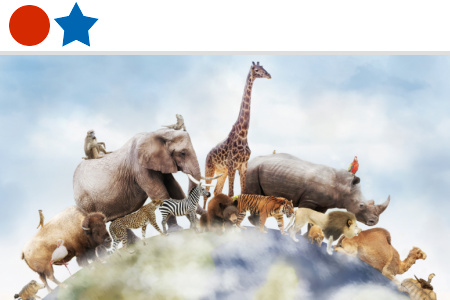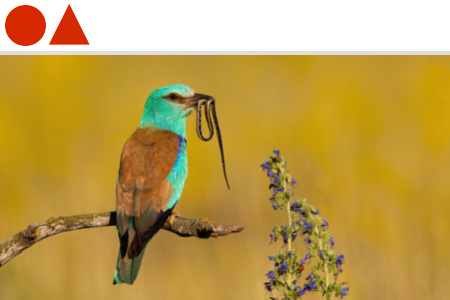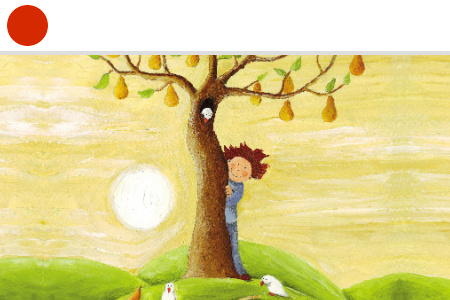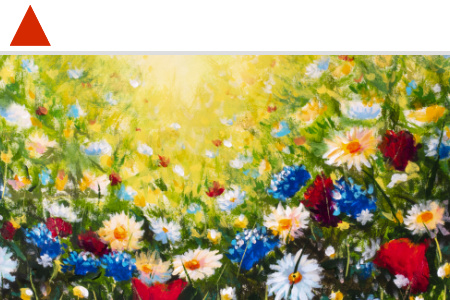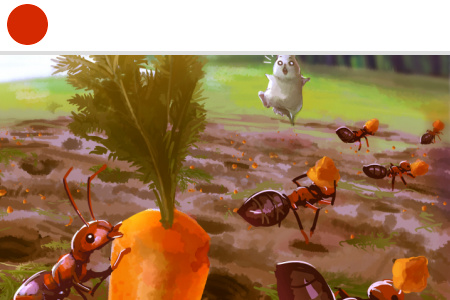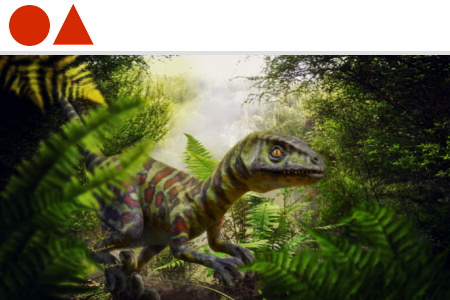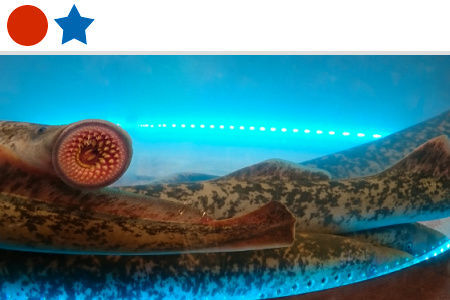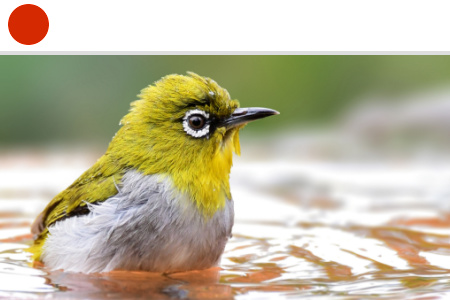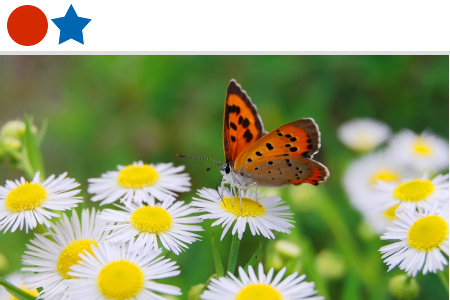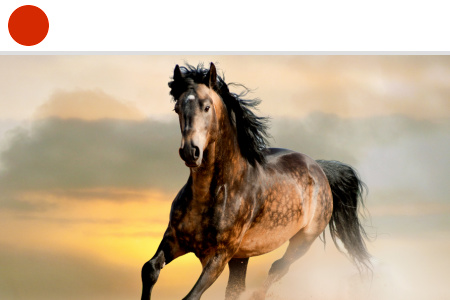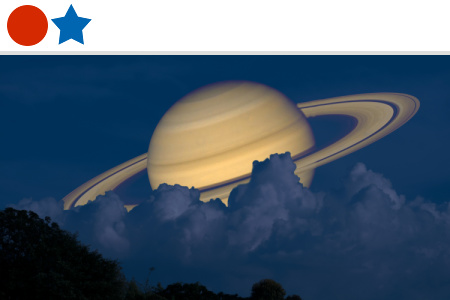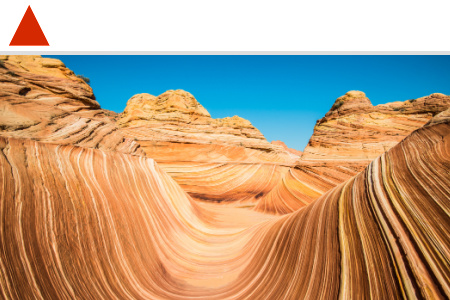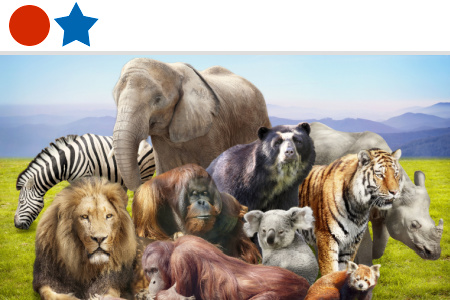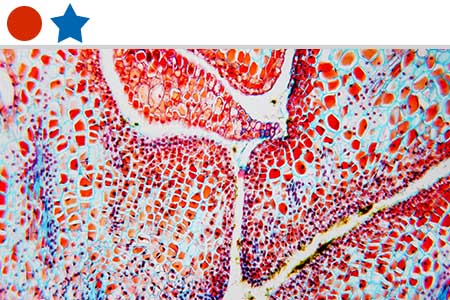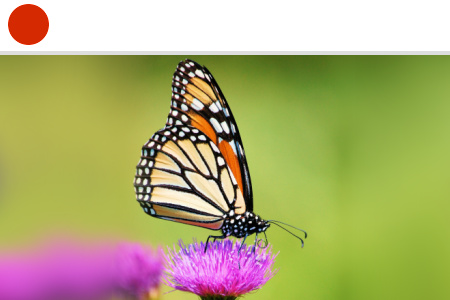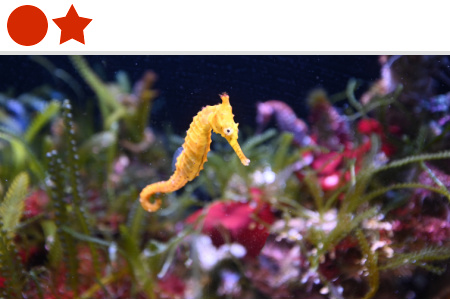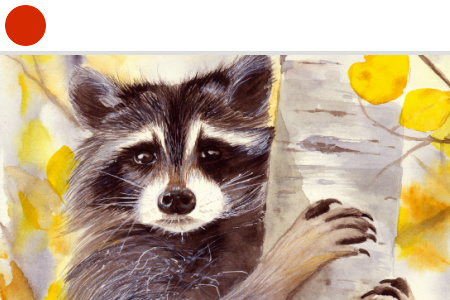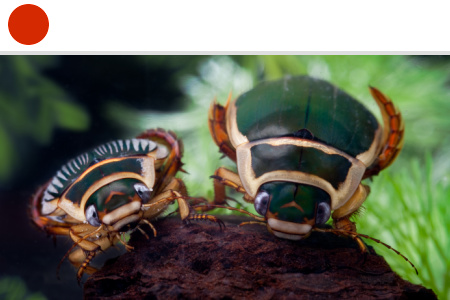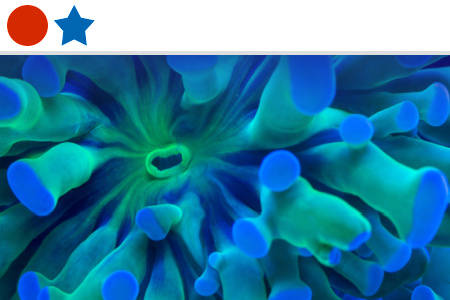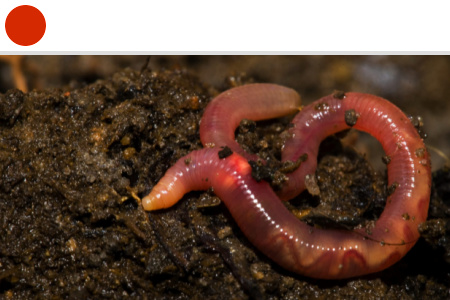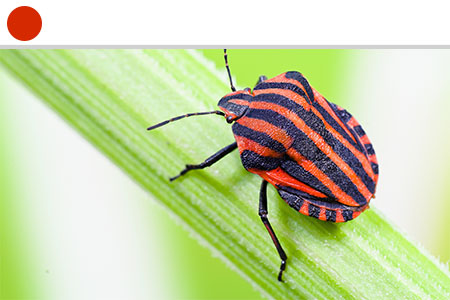Welcome to Our God’s Beautiful Creatures Homeschool Science Course
Do you have a young student who can’t get enough of animals? With this God’s Beautiful Creatures course, students in kindergarten through second grade discover over a hundred animals including red deer, night crawler earthworm, European rabbit, mandarin duck, dromedary camel, golden pheasant, arctic tern, and much more! These homeschool science lessons can help pre-readers and starting readers get into the habit of having fun with books and learning from them, too.
Discover the Best of World Book — Ready to Use
God’s Beautiful Creatures gathers 10 original eBooks from the Hello, Beautiful! series on World Book®, each paired with activities, worksheets, and additional resources. With everything organized in one place, you save time while your child explores the science behind God’s beautiful creatures.
Stay organized and confident in your homeschool journey with the Homeschool Records Center and Schoolhouse Gradebook. Simplify record keeping, track progress, create transcripts, and meet state requirements with printable tools and expert guidance—all in one convenient place.
External links may be included within the course content; they do not constitute an endorsement or an approval by SchoolhouseTeachers.com of any of the products, services, or opinions of the corporation, organization, or individual. Contact the external site for answers to questions regarding its content. Parents may wish to preview all links because third-party websites include ads that may change over time.
Para traducir cualquier página web, haz clic en los tres puntos o líneas en la esquina superior derecha de tu navegador, o haz clic aquí para más información.
God’s Beautiful Creatures
Length: 10 weeks
Content type: Online eBooks
Grades: K–2
World Book Online
Related Classes You May Enjoy


